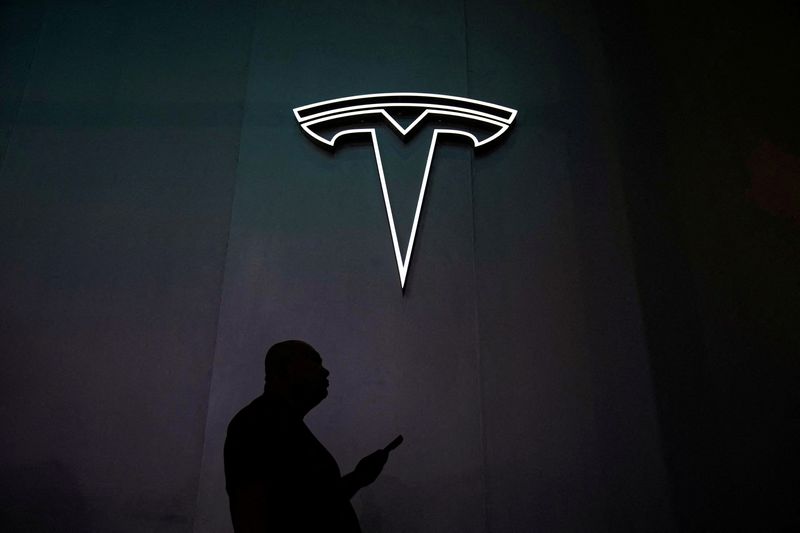Investing.com -- Tesla’s upcoming Robotaxi day will be a “high stakes” event for the automaker but analysts at Wells Fargo (NYSE:WFC) remain skeptical of the stock, reiterating an Underweight rating and a price target of $120.
Tesla (NASDAQ:TSLA)'s shares have seen a 43% rally over the past four months, but Wells Fargo notes that the premium placed on the company is largely driven by expectations around its cutting-edge technology, particularly the Robotaxi and Optimus, a humanoid robot.
The upcoming “We, Robot” day was initially scheduled for August 8 but was delayed reportedly to make important changes and build additional prototypes. Despite this, Tesla “kept its stock premium,” Wells Fargo analysts emphasize.
“We hope there are in person demos of the latest autonomous vehicle (AV) tech,” they added.
Wells Fargo highlighted the top three questions it hopes Tesla will address at the event.
One of the key concerns is related to Tesla's "vision-only" approach to autonomous driving, which contrasts with competitors that use a multi-sensor system, including radar and LiDAR. This method presents safety challenges, especially in adverse weather conditions.
"Most AV experts believe that additional sensors like radar & LiDAR provide better info & therefore better overall safety," the analysts note. “The biggest vision-only tech challenges are limitations in heavy rain, fog, snow, or interpreting glare.”
The second key question is about the economics of the technology. While Tesla may achieve lower costs per mile ($0.91 compared to Waymo’s $1.32), it is still not competitive with personal car ownership costs at $0.72 per mile. High utilization rates and infrastructure, including parking, maintenance, and tele-operations, will be crucial to making Robotaxi financially viable, analysts note.
“TSLA also needs to build AV infrastructure including the fleet, parking, maintenance, charging & tele-ops,” they highlighted.
Lastly, Wells Fargo emphasizes that the U.S. regulatory landscape for autonomous vehicles is fragmented, with most states lacking comprehensive guidelines for Level 4 or 5 autonomy.
"In the event of an accident, the OEM will be burdened with proving their safety approach was adequate," Wells Fargo warns. “Before full deployment, states require testing with safety drivers; we'll see if TSLA has started this.”
Adding to these concerns is leadership churn within Tesla’s autonomous driving division, with several key figures leaving in recent years. Wells Fargo notes this turnover raises doubts “that the experienced, high-profile talent lacks conviction in the direction Tesla is trying to go.”
